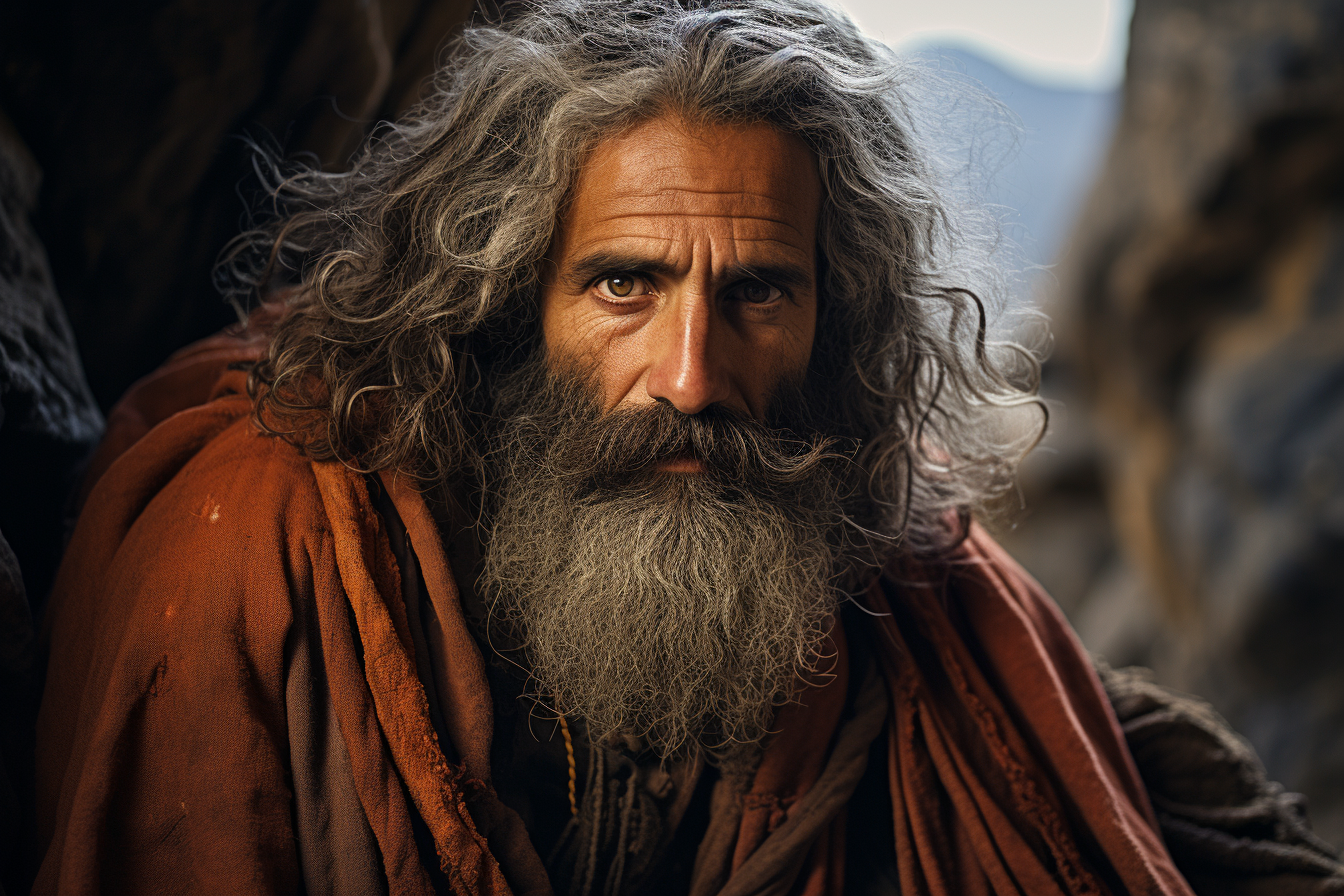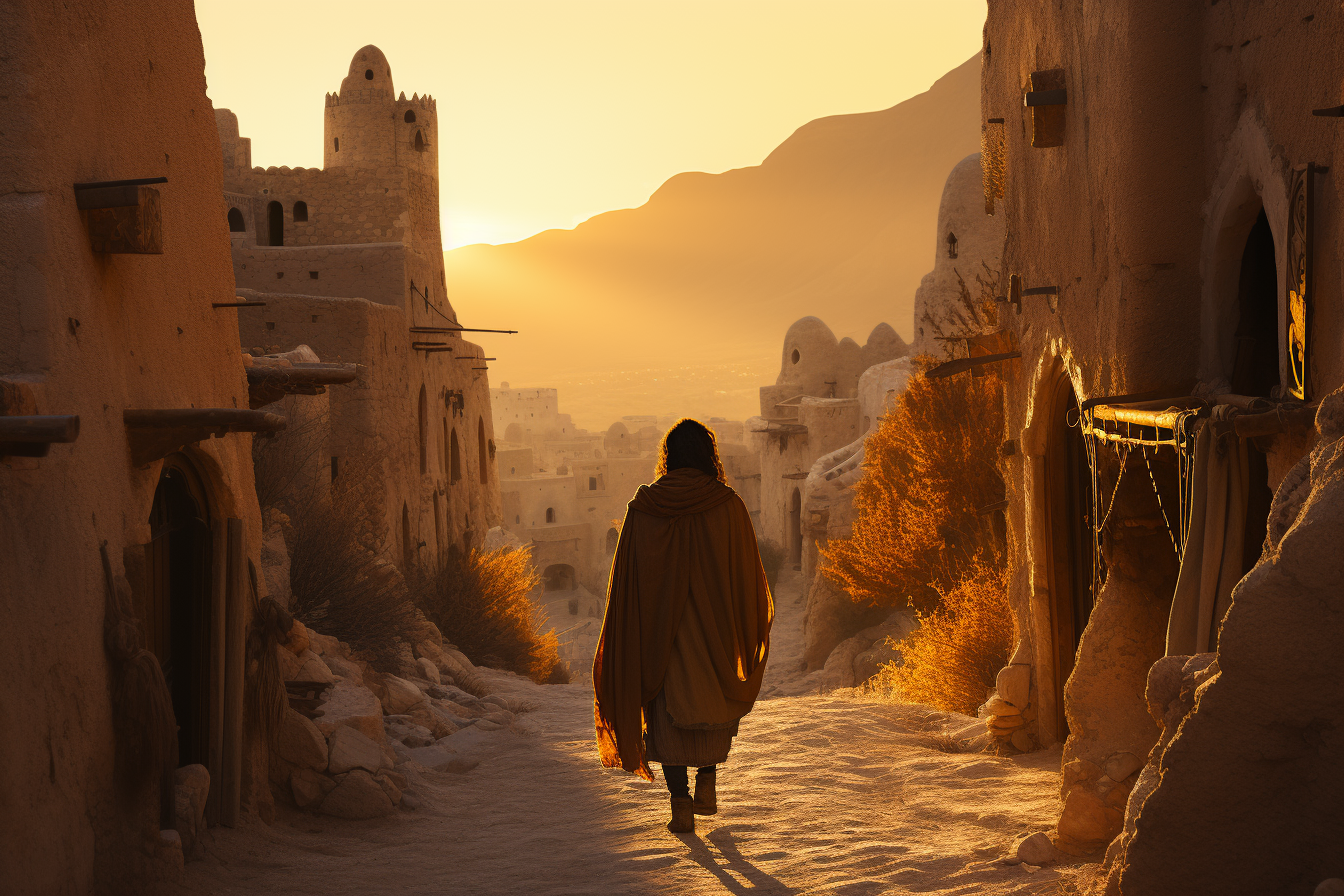
St. Theodosius the Cenobiarch
St. Theodosius the Cenobiarch
When They Lived:
St. Theodosius the Cenobiarch, also known as St. Theodosius the Great, lived during the late 4th century and into the early 5th century. He was born around 423 AD and passed away on January 11, 529 AD.
Where They Lived:
St. Theodosius the Cenobiarch lived in the Eastern Roman Empire, particularly in the region that is now known as modern-day Turkey. He is closely associated with the city of Cappadocia, which was a significant center of Christian monasticism during his time.
Notable World Events During the Time of Their Life:
- Fall of the Western Roman Empire (476 AD): St. Theodosius lived during a time of great political upheaval. In 476 AD, the Western Roman Empire officially fell when Romulus Augustulus, the last Roman emperor of the west, was deposed by the Germanic chieftain Odoacer. This event marked the end of an era in Western Europe.
- Reign of Byzantine Emperor Justinian I (527-565 AD): During the later years of St. Theodosius’ life, Emperor Justinian I ruled the Eastern Roman Empire. His reign is known for the reconquest of parts of the Western Roman Empire, the codification of Roman law (Corpus Juris Civilis), and the construction of the Hagia Sophia in Constantinople, a masterpiece of Byzantine architecture.
- Life of St. Benedict of Nursia (480-547 AD): St. Theodosius’ lifetime coincided with that of another influential Christian figure, St. Benedict of Nursia. St. Benedict founded the Benedictine Order and wrote the Benedictine Rule, which greatly influenced monastic life in Western Christianity.
- Development of Christian Monasticism: St. Theodosius lived in an era when Christian monasticism was flourishing. Monastic communities were growing across the Eastern Roman Empire, and St. Theodosius himself played a pivotal role in this movement by establishing the first coenobitic, or communal, monastery.
Their Patronage:
St. Theodosius the Cenobiarch is revered as the patron saint of monastic communities and those who seek a life of solitude, contemplation, and spiritual growth. His legacy is particularly significant in Eastern Orthodox Christianity, where he is celebrated for his contributions to the development of communal monasticism. St. Theodosius’ dedication to a life of prayer, asceticism, and the care of the poor continues to inspire individuals on their spiritual journeys today.
Early Life
Theodosius was born in 423 in Mogarissos, Cappadocia (which is now known as Turkey), within Saint Basil’s province. At a young age, he decided to follow in the footsteps of Abraham by dropping everything, including his friends, relatives, and even parents, to dedicate his life to God. He left for Jerusalem around 451, which was the same period when the Holy Fourth Ecumenical Council of Chalcedon assembled.
The moment he landed in Antioch, he searched for Saint Symeon the Stylite to request the saint’s blessings. At the Saint Symeon pillar, he was astonishingly called by his name and asked to climb the column. When Theodosius ascended the column and kneeled before Saint Symeon, the saint pulled him into an embrace. Saint Symeon blessed Theodosius and foretold that an amazing spiritual glory was coming to the young devotee’s life.
Call to Dedication and Devotion
While in Jerusalem, Theodosius visited and worshipped at the Holy Places. He decided to go into quiet solitude. However, to gain the discipline needed for that undertaking, he took up monastic activities near the Tower of David, under the guidance of hermit abbot Longinus. As time went on, he was appointed as the leader of a church located in the middle of Bethlehem and Jerusalem. However, he didn’t stay long there, as the distractions from his many admirers became overwhelming. Later, he moved to a cave on the mountain peak so he could truly seek God and be free from any earthly distractions.
Legacy
Theodosius the Cenobiarch founded a small society of monks, which eventually developed into the St. Theodosius Monastery. This monk society swiftly expanded to include monks from numerous cultures as well as languages such as Armenian and Greek.
The monks became renowned for their venerable work and kindness to the elderly, the mentally ill, and the physically sick.
Saint Theodosius was known for his generous spirit and kind heart. He constantly provided food for multitudes of the poor and needy. He trusted in God to continually provide and never sent travelers away, even in times when the food was barely enough.
Theodosius was chosen to lead the monks in the community right after his friend, Sabbas, was appointed by Patriarch Salustius of Jerusalem as the archimandrite of the monks isolated in Palestine.
The title “the Cenobiarch” which means “chief of those living a life in common”, is a testament to his leadership of the monk community. In addition, he is known as the monk who introduced the cenobitic way into monasticism.
Theodosius was known for his opposition to heresies such as Monophysitism and Eutychianism. This led to him being offered a huge bribe by Emperor Anastasius, a proponent of Eutychianism, in hopes of luring the saint to his cause. Instead, Saint Theodosius used the money to take care of the poor. He also persisted with his anti-heresy preaching. Due to these reasons, Anastasius dismissed Theodosius from his role as leader of the monks. However, when emperor Justinian took over power, he reinstated Theodosius.
Death
St. Theodosius the Cenobiarch passed away at nearly 105 years of age in Palestine. His remains are interred in the first place he ever resided as a monk.
Feast Day
The feast day of St. Theodosius is celebrated on the 11th of January.
5 Interesting Facts About St. Theodosius the Cenobiarch
- Did you know Saint Theodosius was his mother’s spiritual father?
- It is said that the cave where Saint Theodosius lived as a hermit was the same one the three Magi stayed in on the night God sent an angel to them.
- Did you know Saint Theodosius is the patron saint of file makers?
- Did you know St. Theodosius did not eat bread for thirty years? He only ate wild vegetables, dates, and legumes.
- Did you know that to stop himself from falling asleep while praying in the cave on the mountain, Theodosius tied himself to a rope hanging from the cave roof?
Prayer to St. Theodosius the Cenobiarch
None.



